9 Newsletter Best Practices from Growth
Let’s be honest, in marketing, the purpose of a newsletter is to nurture leads and drive sales for your business.
But, the inbound philosophy pushes past that (+ toward it at the same time): give people your expertise–the information they need–and you build trust, thought leadership, and business relationships that will see you through the roughest times.
You create evangelists for your business who:
- Realize they need what you do/create/sell right this minute.
- Become your customers for life.
- Promote you to everyone they know.
It’s the give without a get philosophy that truly grows your business.
It’s the right way to be in the world + run a business in the digital age–and it applies to everything you should be doing with your content.
So, how do you create a following like that with your newsletter? Start with #1, and work your way down.
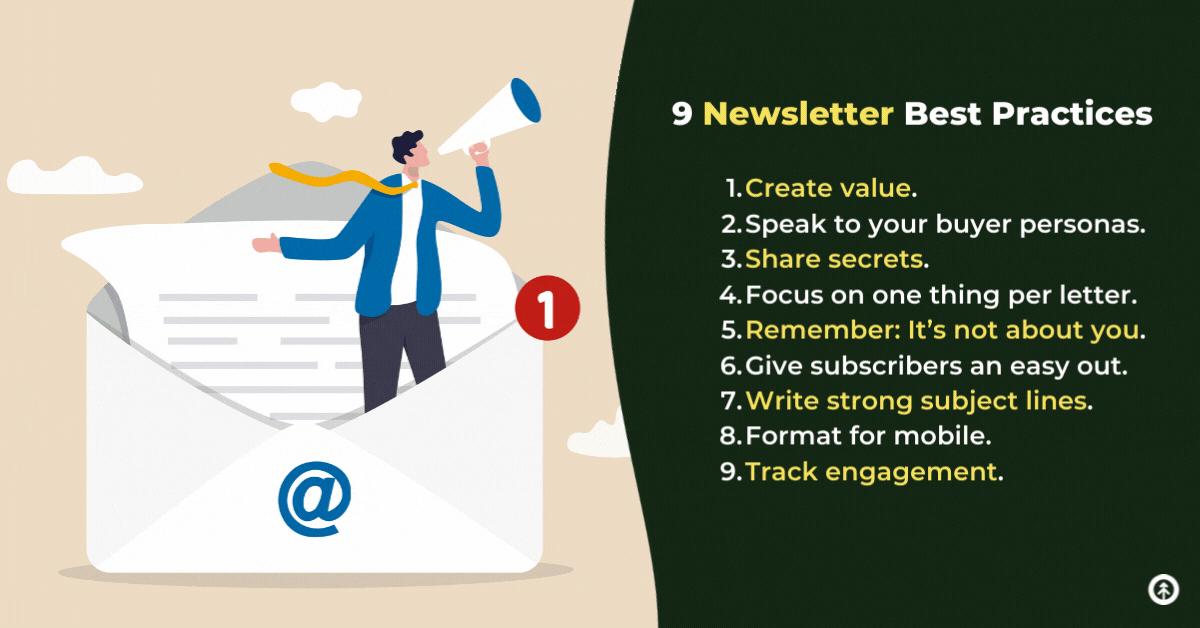
- Create value.
- Speak to your buyer personas.
- Share secrets.
- Focus on one thing per letter.
- Remember: It’s not about you.
- Give subscribers an easy out.
- Write strong subject lines.
- Format for mobile.
- Track engagement.
1. Create value.
Before you do anything, ask yourself what you want people (who’ve handed you their email addresses, btw) to get from your newsletter.
It should be something they can really use–not just something to send them because you “have a newsletter.”
- Avoid fluff.
- Make it actionable.
- Offer up real help.
Pro Tip: If you feel like you don’t have anything to give your potential customers with your content, check out the keywords they use to search for your business. Google Keyword Planner does this, and it’s a free tool.
Those are golden opportunities right there.
Extra Bonus: Ask your sales team what your potential customers ask them about the most, and offer up that information for free in your newsletter.
That way, your sales team can repurpose your newsletter’s content in their own sales conversations.
They can also create snippets + automations that save them time. Your sales team will thank you, too.
2. Speak to your specific buyer personas.
Your customers might be a big stadium filled with YOU. But, probably not. To learn how to speak to them directly, develop some buyer personas.
Choose your words, tone, and voice with their needs, concerns, and demographics in mind.
In writing terms: consider your audience.
In marketing terms: segment your customers.
In human terms: greet people how they appreciate being greeted.
3. Share secrets.
Give people something they can’t get anywhere else–on any of your other channels.
Are you releasing a new offering in the next month? Do you have a big discount on your most popular service? Are there processes + unique talents + skills (e.g. secret sauce) that your team uses to get their work done? Share it with your newsletter subscribers.
We all want what’s exclusive + to feel precious.
If you’re giving these deals out to everyone, why would they need to subscribe to your newsletter?
4. Focus on one thing per letter.
You don’t have to bust the word count on email to make your newsletter worth it.
Instead, focus on one little tip that your readers find valuable at a time, and just keep it consistently coming on your newsletter schedule.
That way, if they want more, they’ll be happy to open your next email (the goal).
Hello, click rates! Hello, new customers! Hello, value!
5. Remember: It’s not about you.
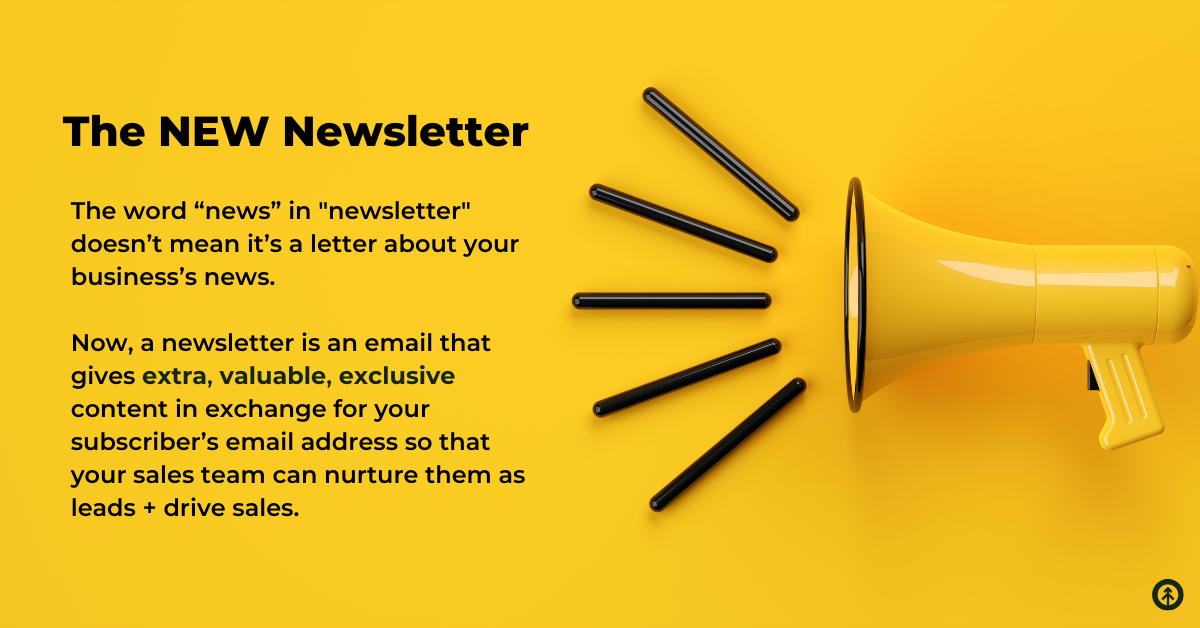
Back in the day, a newsletter was a flat sheet of paper that covered all the happenings in your organization over the last month, quarter, etc.
That’s not what it is anymore.
The word “news” + “letter” doesn’t mean it’s a letter about your business’s news.
Now, from a revops standpoint, it’s an email that gives extra content in exchange for your subscriber’s email address so that your sales team can nurture your leads and contacts.
Those email addresses are pure cash in the bank, and therefore, you should be handing over content that is truly valuable in exchange.
6. Give subscribers an easy out.
There’s nothing worse than getting a newsletter that stuffs your inbox with nothingness and then won’t let you unsubscribe.
Part of being good people and offering value is letting people go, too.
Be witty around it, but point straight at it. People appreciate it, and it’s one way to build a strong brand.
It actually works a little like reverse psychology, too.
7. Write strong subject lines.
Spend extra time creating the copy for your subject line. It’s your first impression, so make it count. (No pressure, but your open rates depend on it).
Here’s how:
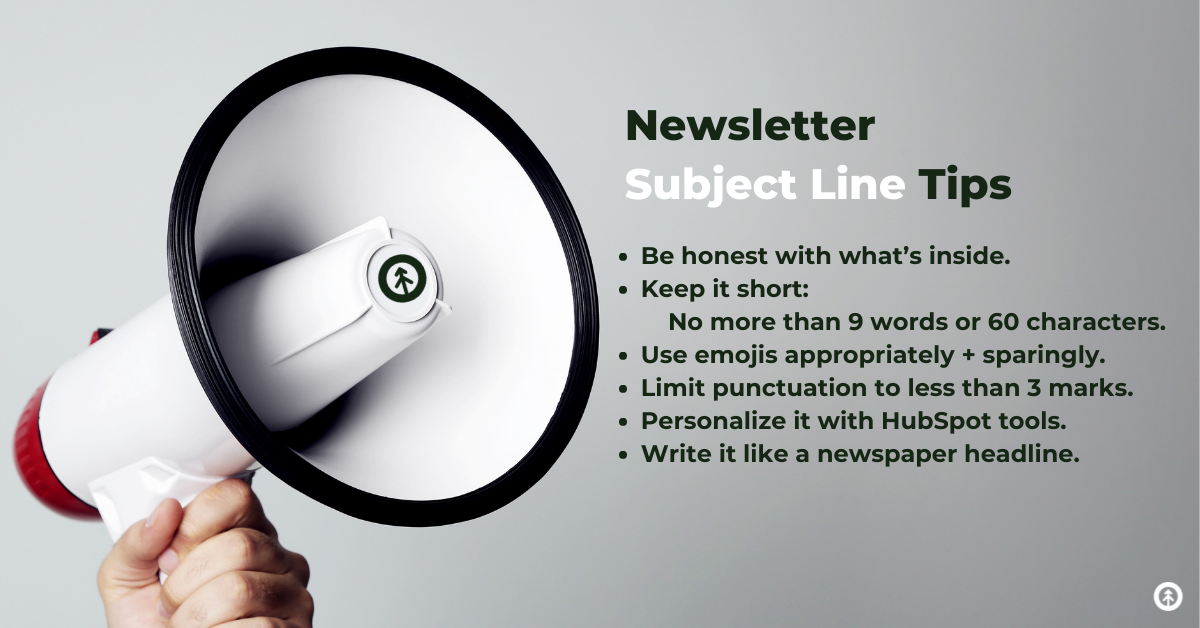
8. Format for mobile.
In 2022, if you’re not formatting everything for mobile, you’re leaving money on the table. Everyone on your buyer’s journey is getting there on mobile.
So, what does this mean for your newsletter? It means to go against what your English teacher taught you about when to break a paragraph.
It’s no longer done to show a shift in topic, tone, or idea.
Now, the break is determined by how much text people are willing to scroll through before clicking away from your content.
When their whole screen is covered with text, it can be overwhelming. Nobody has time for that.
So, to keep your readers reading, give them a literal break.
HubSpot CMS lets you preview everything you create on a desktop, tablet, and mobile phone. If the mobile preview shows the screen completely full of text, shorten your paragraphs.
Pro Tip: It’s completely acceptable for one sentence to be a paragraph. For instance: look at this article on your phone. We write all our articles for mobile. See how much easier that is?
Extra Pro Tip: To make your content even more enjoyable to read, place images, videos, and bulleted lists between large blocks of text to break it up even more. You’re free to use this article as a guide.
9. Track engagement. Shift when it doesn’t work.
Got HubSpot, friends?
If you have a newsletter, and you don’t have the most integrated content relationship management (CRM) tool in the business to gather up information about how people are engaging with it, you don’t really have a newsletter. You have an OG newsletter (e.g. – you’re not generating prospects, nurturing leads, or driving sales with your marketing).
You’re just sending out company news that only people who already love you since middle school care about, (and if that’s your only objective for your newsletter, you can probably disregard everything you just read #smile).
HubSpot not only creates a list of people + their email addresses from the people who subscribe to your newsletter, it tells you who opens it, and who reads it.
It’s how you make a data-driven decision to either shift your content or your audience–which should be a constant process.
That way, prospects qualify themselves, and you know exactly which customers are your true promoters who might be thrilled to write you a review or send friends your way.
Need a marketing team with a built-in copywriter to help you boost your newsletter’s open rates + drive sales?
Growth can do that + show you we’ve done our job with hard data when we’re done. Talk to us any ole day of the week. We’re just regular humans owning our work in big ways.
Explore More Insights: Related Blog Posts
-
 Sales EnablementSep 7, 2021
Sales EnablementSep 7, 2021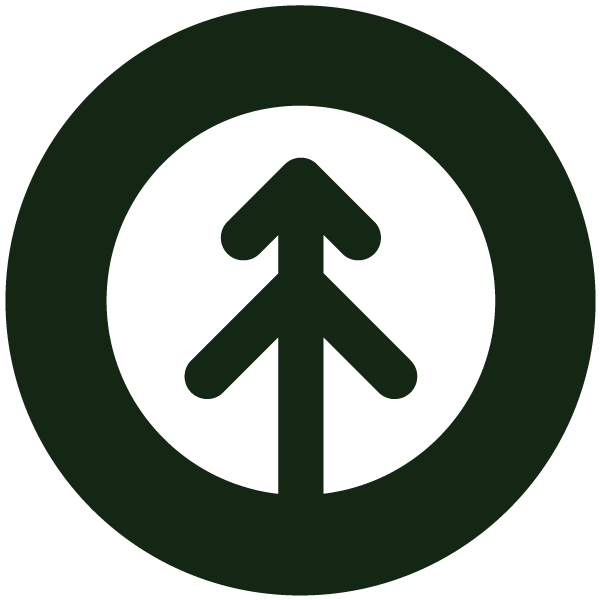 Growth Marketing Firm
Growth Marketing FirmHow to Identify Your Prospect’s Business Pain Points
(last updated August 22, 2022) True business pain requires an immediate solution. The kind of business pain...
-
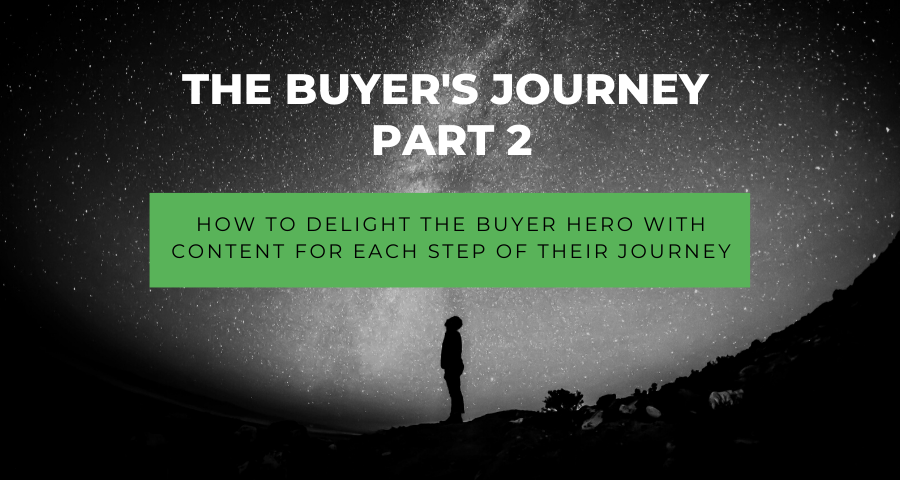 Inbound MarketingJun 18, 2021
Inbound MarketingJun 18, 2021 Growth Marketing Firm
Growth Marketing FirmThe Buyer's Journey, Part 2: Content to Attract + Engage + Delight
(Updated March 31, 2022) In last week’s Growth blog, we talked about how the Buyer’s Journey mirrors the...
-
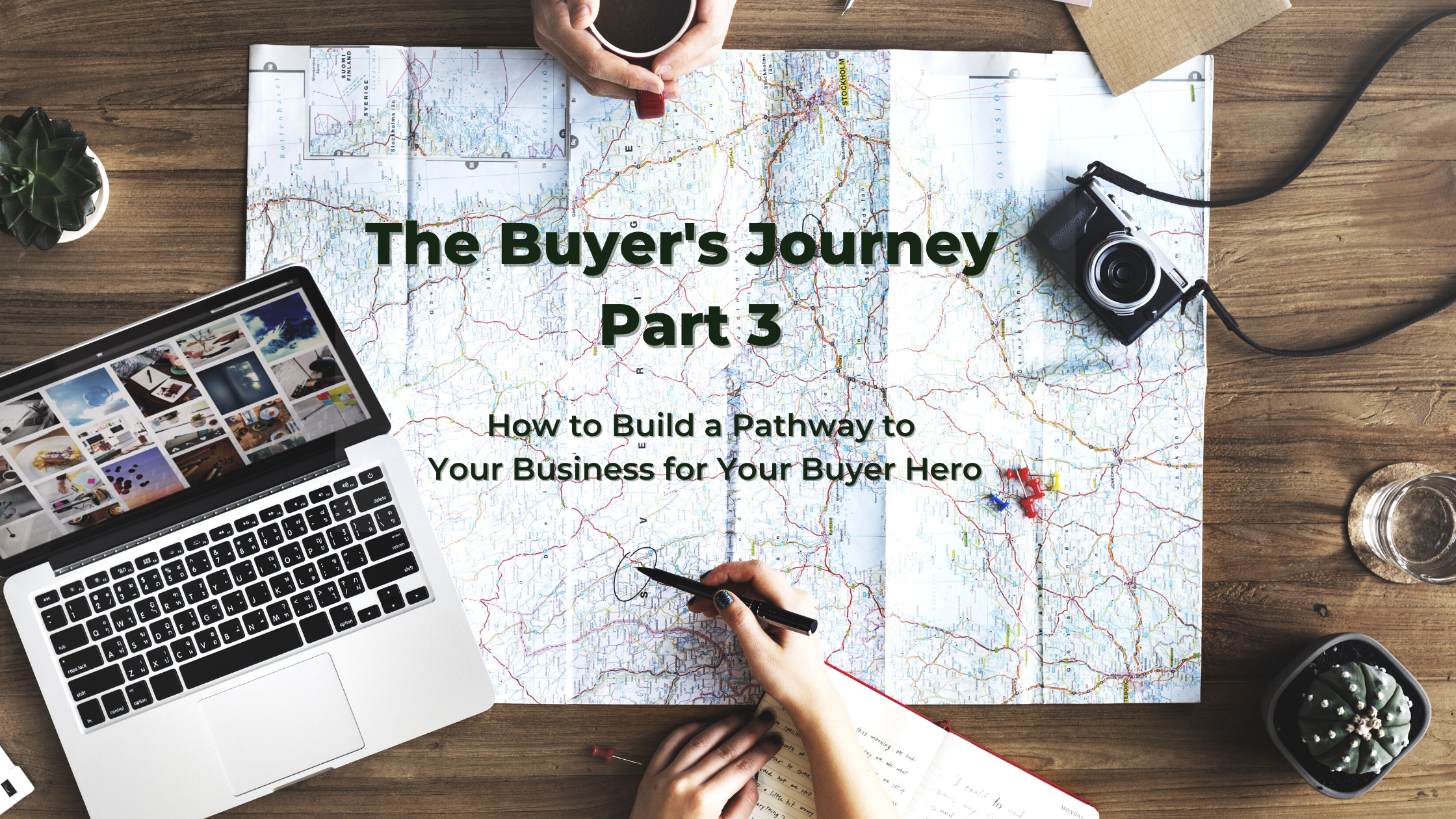 Sales EnablementJun 29, 2021
Sales EnablementJun 29, 2021 Growth Marketing Firm
Growth Marketing FirmBuyer’s Journey Part 3: Your Ideal Customer at Every Stage
(Last updated July 5, 2022) The tidal wave of options available to buyer heroes can create an overwhelming...
-
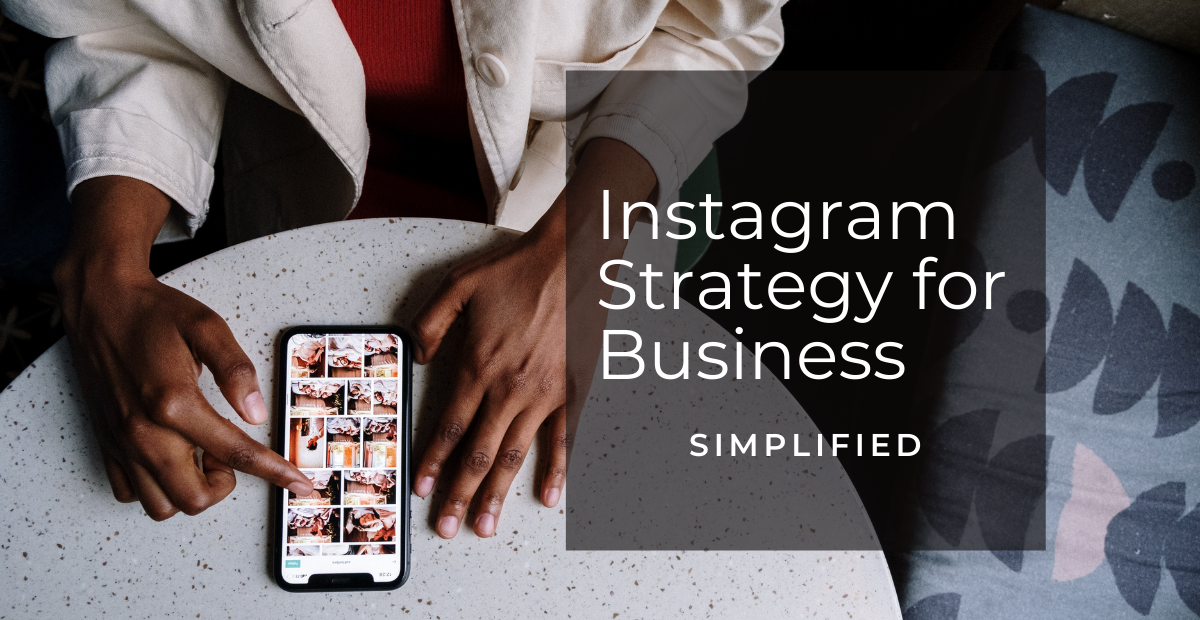 Inbound MarketingJun 7, 2021
Inbound MarketingJun 7, 2021 Growth Marketing Firm
Growth Marketing Firm6 Easy Ways to Delight Your Instagram Business Audience
Updated March 25, 2022 Rejuvenate your team, create your brand, and grow your business in the process. Right,...
-
 Inbound MarketingOct 5, 2021
Inbound MarketingOct 5, 2021 Growth Marketing Firm
Growth Marketing FirmBuyer Personas vs. Buyer Profiles: What Makes Them Different
At Growth, we’re often asked to create buyer personas for clients, and we’re happy to do so because they're...
-
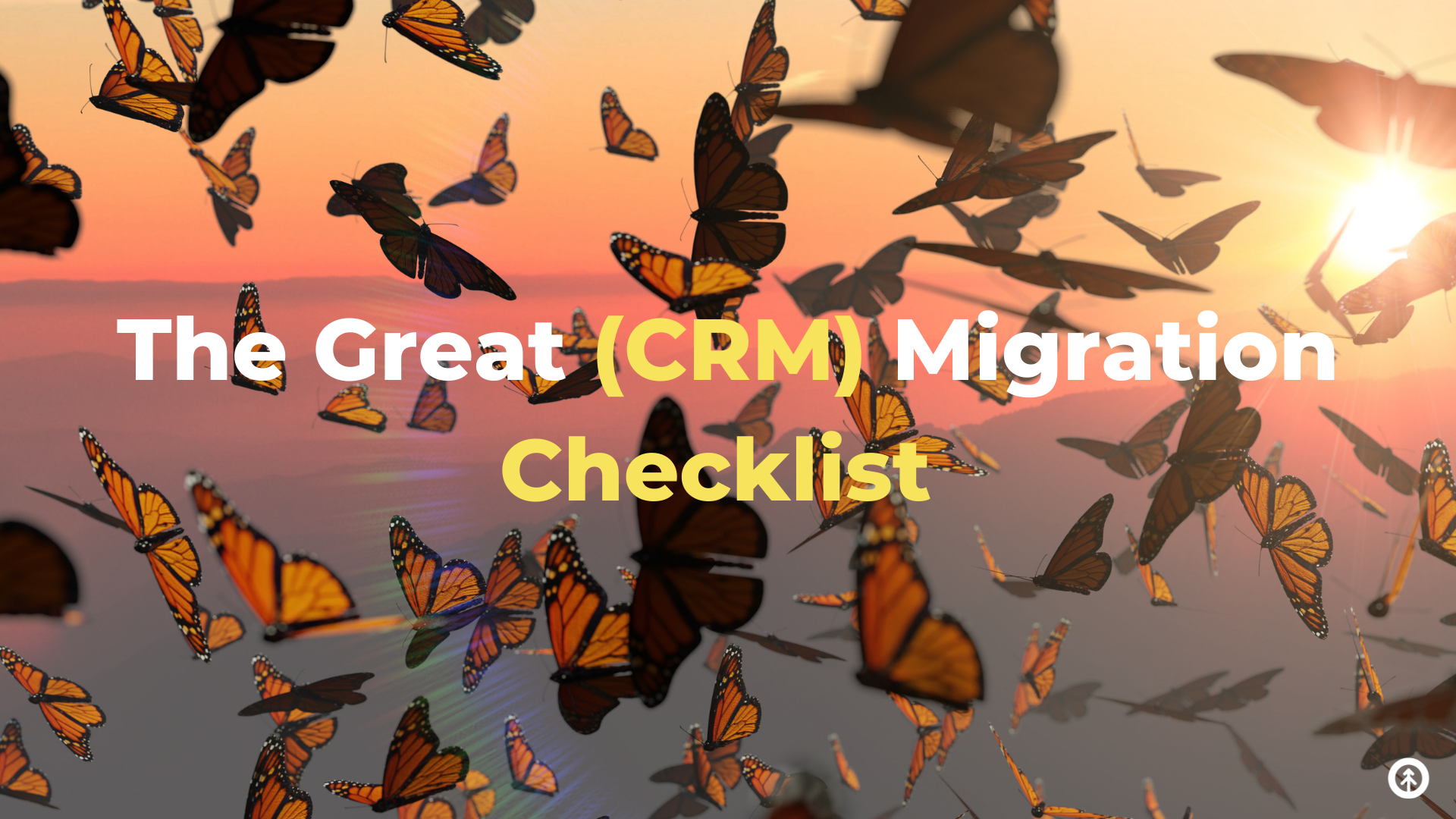 HubSpotMar 11, 2022
HubSpotMar 11, 2022 Growth Marketing Firm
Growth Marketing Firm10-Step HubSpot CRM Migration Checklist
Moving your customer relationship data from one place to another (or from one CRM to another) can be as...
-
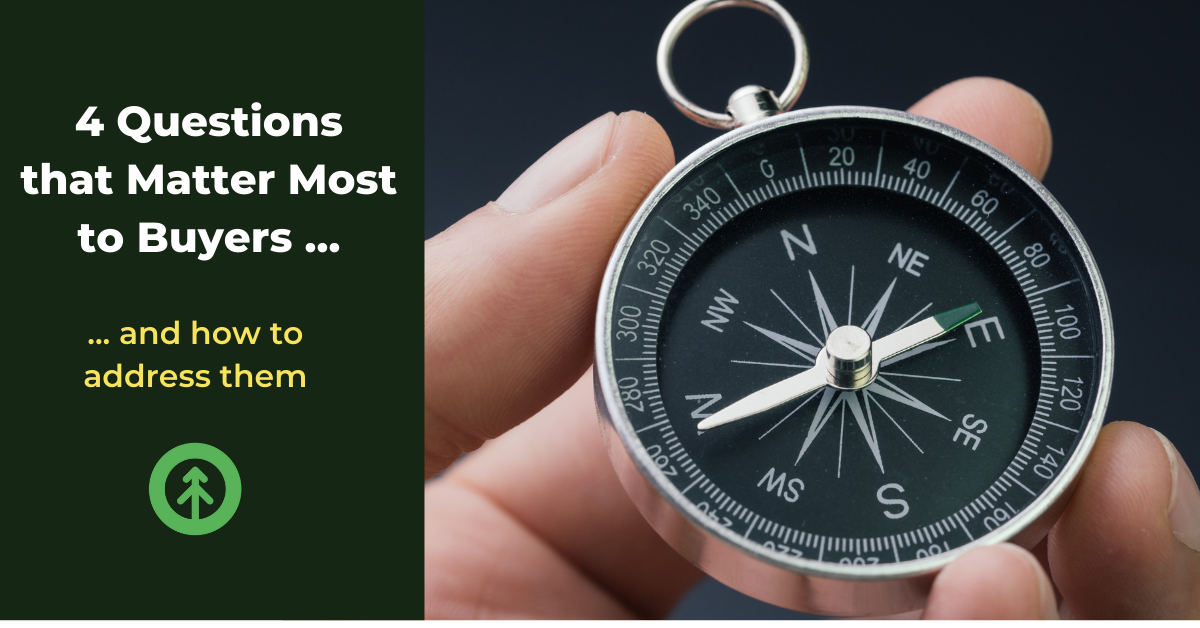 Inbound MarketingSep 15, 2021
Inbound MarketingSep 15, 2021 Growth Marketing Firm
Growth Marketing Firm4 Questions that Matter Most to Buyers & How to Address Them
It's easy to get caught up in creating top-of-funnel content for your inbound marketing strategy because it’s...
-
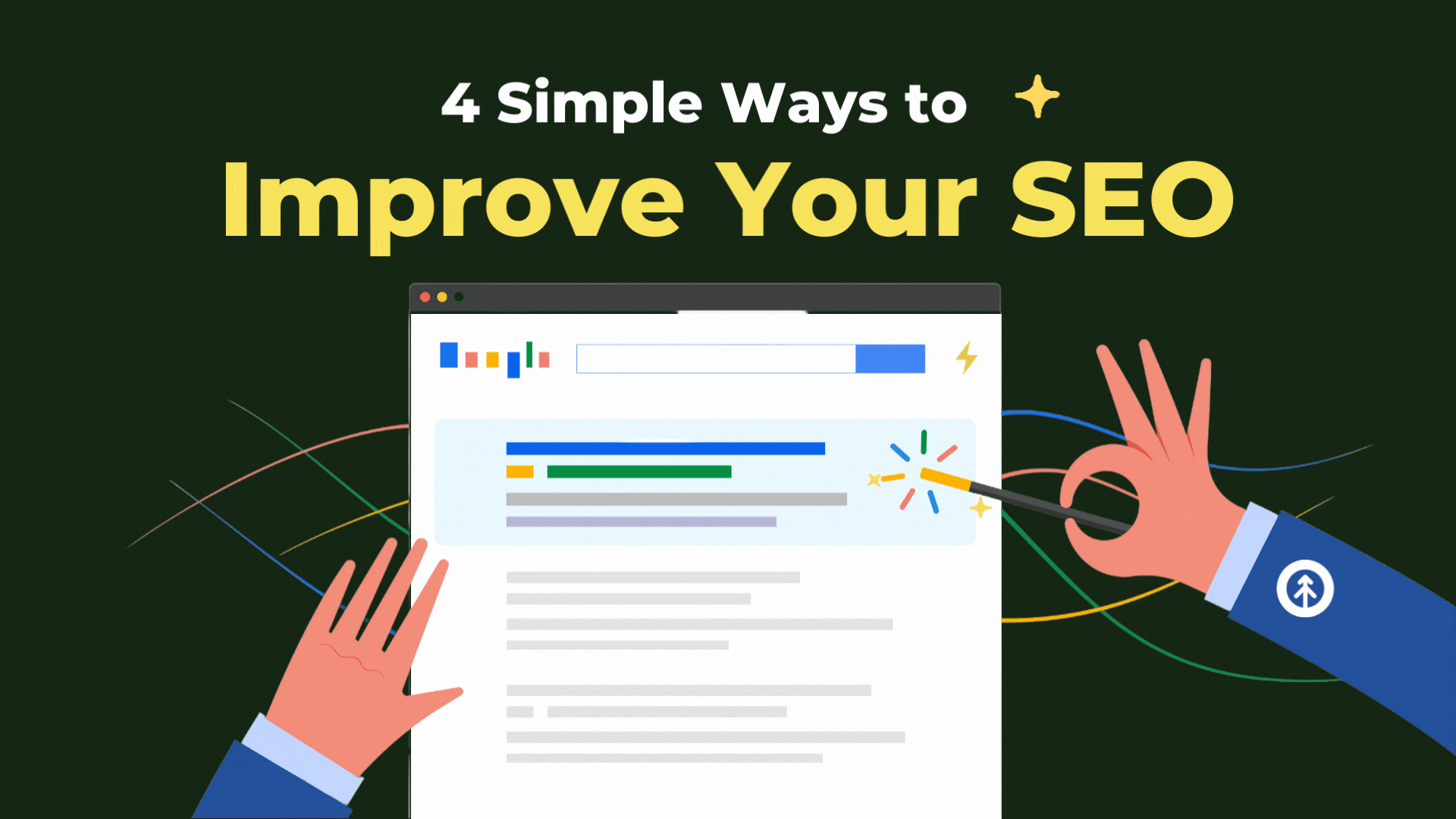 SEONov 15, 2022
SEONov 15, 2022 Growth Marketing Firm
Growth Marketing Firm4 Simple Ways to Improve Your SEO
You may think that the word “simple” doesn’t really work next to “SEO,” but that’s not always the case.
-
 Inbound MarketingSep 16, 2021
Inbound MarketingSep 16, 2021 Growth Marketing Firm
Growth Marketing FirmHow to Define & Write a Business Value Proposition
(last updated April 6, 2022) A value proposition is one of the most important sentences you'll ever write for...

